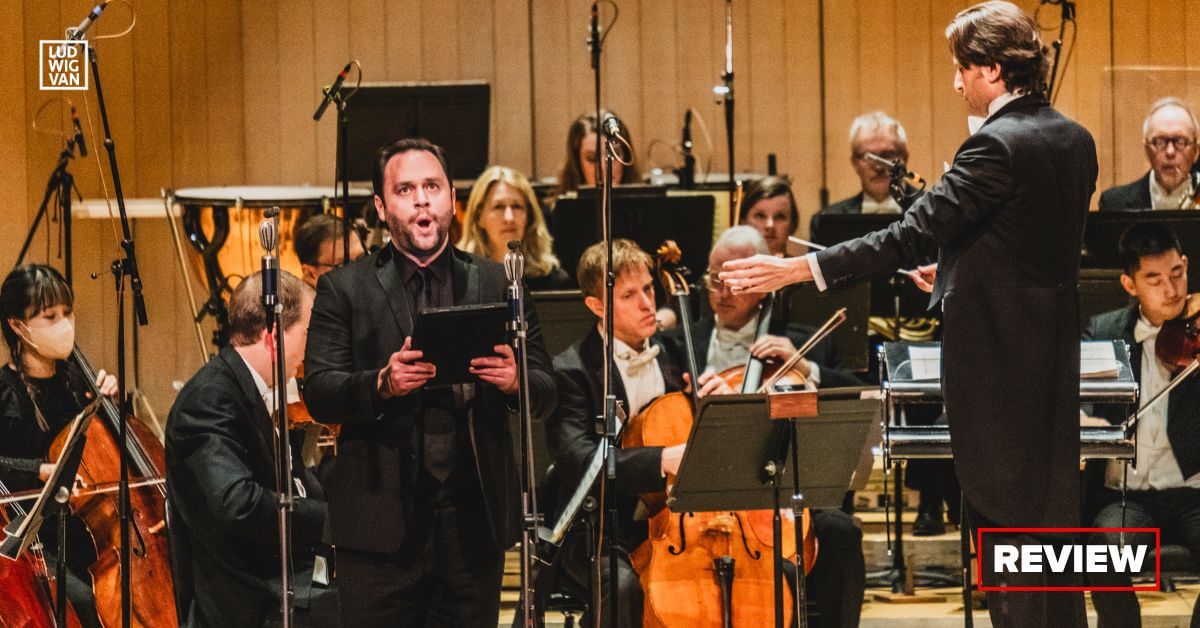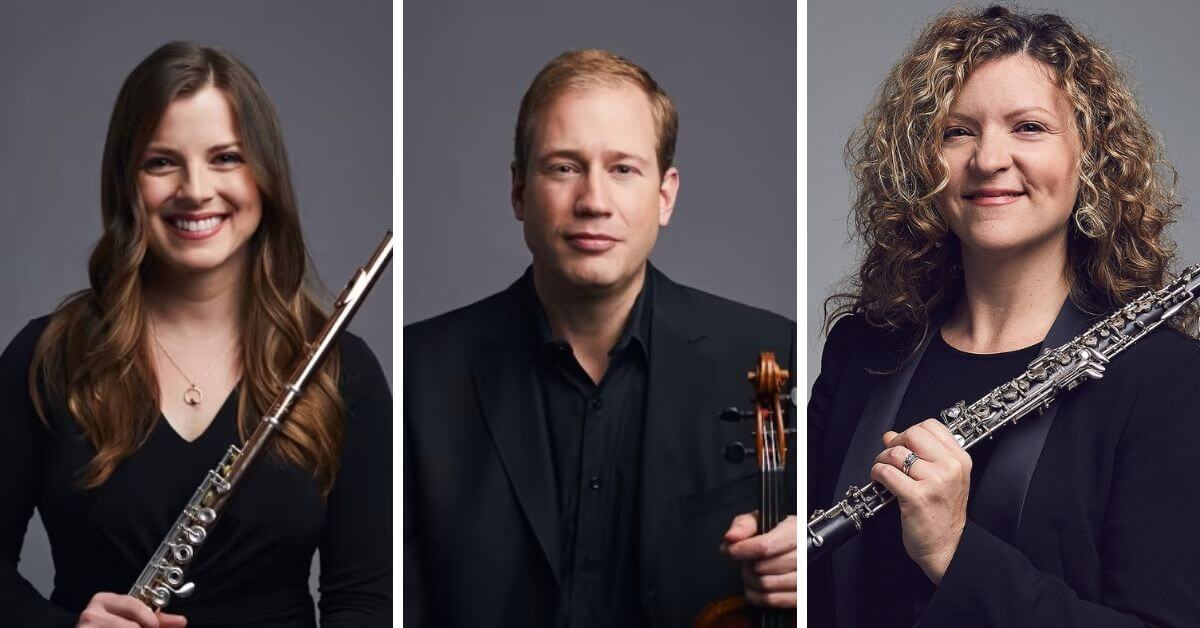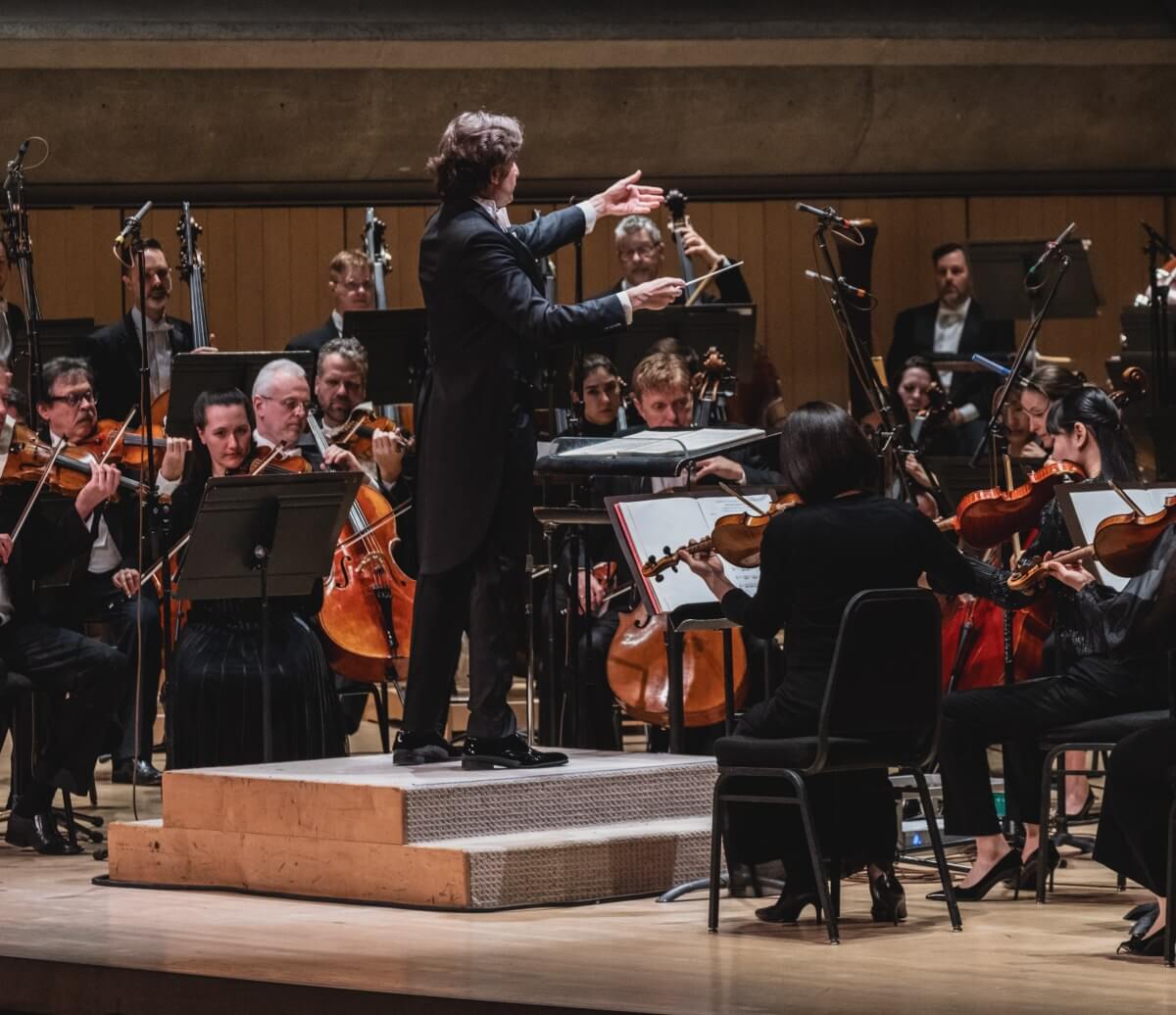
[ad_1]

Kelly-Marie Murphy: Curiosity, Genius, and the Seek for Petula Clark, TSO Fee (2017); Stravinsky: Divertimento from Le Baiser de la payment (The Fairy’s Kiss), 1949 model & Pulcinella (full ballet)/ Toronto Symphony Orchestra, Gustavo Gimeno, conductor. Roy Thomson Corridor, February 23, 2024 (repeated February 24).
The 2023-24 TSO season has been fairly a experience — Gimeno integrated many up to date works and new commissions, since he has taken the music directorship. Although it could be tough for the TSO to always put together unfamiliar works, it brings many advantages to each the orchestra and the viewers — the ensemble enjoying is consistently enhancing, and plenty of viewers members really feel optimistic in regards to the new expertise.
Stravinsky’s contribution to ballet music is staggering — so profitable that his massive three: the Firebird, Petrushka, and the Ceremony of Spring, has deeply permeated popular culture and past, quoted in tv commercials to pop tunes. Nonetheless, his exploration of different types comparable to twelve-tone music in Agon, and Orpheus, the neoclassicism of Pulcinella, and Romanticism — closely infused within the Fairy’s Kiss, are sometimes uncared for on stage, regardless of their finesse and ingenuity. It was a luck to see that this night’s program being centered on Stravinsky, on his lesser-known works: Fairy’s Kiss (Le baiser de la fée), and Pulcinella.
Fairy’s Kiss, an homage to Tchaikovsky, re-illustrates beloved melodic fragments from Tchaikovsky’s music with Stravinsky’s personal signature. The recomposition and synthesis that come from fusing the romantic threads by way of stretching and compression, recombination, and new punctuations — typically with Stravinsky’s signature off-beat rhythmic drive — require nimbleness of the thoughts and method. A real chameleon, Stravinsky’s modulations, typically fabricated from atonal pivots and rhythmic reorganization, create many tight corners, and the TSO members negotiated these corners with a lot finesse this night.
The principal’s solos — particularly Kelly Zimba (flute), Joseph Johnson (cello), and Jonathan Crow (violin), particularly — had been distinctive of their musicality and suppleness for the Fairy’s Kiss, and the textural consistency and quicksilver adjustments between solos and ensemble tutti had been spectacular tonight. Continuously transferring from full-tutti ensemble to particular person solos, then dipping in for agile chamber enjoying, then again to tuttis and solos — it’s difficult enterprise, particularly in his crystalline-clear neoclassical works the place each little blemish is noticeable.

One other kudos was in Fairy’s Kiss’s ensemble sound; Stravinsky and Tchaikovsky are a world aside of their soundscape — Tchaikovsky belonged to the time of the steam generators, whereas Stravinsky solely simply died in 1971. It’s so simple to squeeze each Stravinsky into a contemporary pointillism with a touch of viciousness, nevertheless, this night, TSO managed to create a beautiful, spherical sound that signifies Tchaikovsky for us — a sound imagined and created within the craving of the previous — no small feat.
Pulcinella, using a a lot smaller ensemble, requires a real chamber orchestra mindset, the place all the ensemble should pull collectively in all points — harmonic intonation, rhythmic accuracy, and ebbs and flows of myriads of magical colors. The additional logistics of accompanying three singers add additional problem to the work. Nonetheless, as they’ve simply completed recording the work for Harmonia Mundi — TSO’s second venture with the label — the ensemble was tight, ethereal, and evocative.
Pulcinella’s lovely and demanding oboe solos had been masterfully performed by the principal oboe, Sarah Jeffrey. The duo horns, Neil Deland and Audrey Good, had been glorious, taking the position nearer to woodwinds this time, enjoying seamlessly with one another, and switching simply between the 2 contrasting colors of each the woodwind sections and the 2 solo brass gamers. Maybe a really small factor to note, however having the string sections persistently play their pizzicatos in sync was additionally fairly spectacular.

The three singers: Isabel Leonard, Paul Appleby, and Derek Welton, had been pretty — particularly within the laconic Andante — Sento dire no’nce tempo, the place the trio sang so serenely and sarcastically, in regards to the disappearance of peace, as love brings a lot extra — not solely pleasure, however of agony and struggling. The steadiness between the singers and ensemble was principally good, however throughout the fury-charged “Una te fa la ‘nzemprece,” we did lose Paul Appleby’s voice a couple of occasions, sadly.
Rounding this program of stylish two Stravinsky ballets was Kelly-Marie Murphy’s homage to Glenn Gould and his fascination with British pop singer Petula Clark. Because the live performance opener, it was the biggest ensemble, and echoed Stravinsky’s precision in its rhythmic drive and distinction between the supple, nearly naked melodic contents and a very good, old skool ruckus tutti enjoying. The dimensions change from Curiosity, Genius, and the Seek for Petula Clark, to the Fairy’s Kiss, then to Pulcinella: full-scale symphonic setting transitioning to the small chamber ensemble.
It’s also fascinating to notice that having solely three works programmed could have created an actual favour for each the viewers and the symphony. Although the precise program size was not any shorter, having simply three works gave a tighter body, the place every work’s soundworld might settle within the minds of the viewers, and maybe it additionally helped the orchestra, as they didn’t have to change out from one factor to a different so ceaselessly, which generally ensuing inconsistency in efficiency degree.
General, this was essentially the most fulfilling programming and efficiency from the TSO 23/24 personally. It was thrilling to see a lesser-known dimension of Stravinsky: the neoclassicist with precision of watchmaker and jeweler, creating Apollonian soundscape of power, suppleness and adaptability. Such nice enjoying guarantees an pleasure for subsequent week, the place Gimeno invitations Spanish piano big Javier Perianes, with the genius Francisco Coll’s fiendishly tough work: Ciudad sin sueño: Fantasia for Piano and Orchestra.
Are you trying to promote an occasion? Have a information tip? Must know the very best occasions occurring this weekend? Ship us a observe.
#LUDWIGVAN
Get the day by day arts information straight to your inbox.
Join the Ludwig Van Toronto e-Blast! — native classical music and opera information straight to your inbox HERE.
[ad_2]